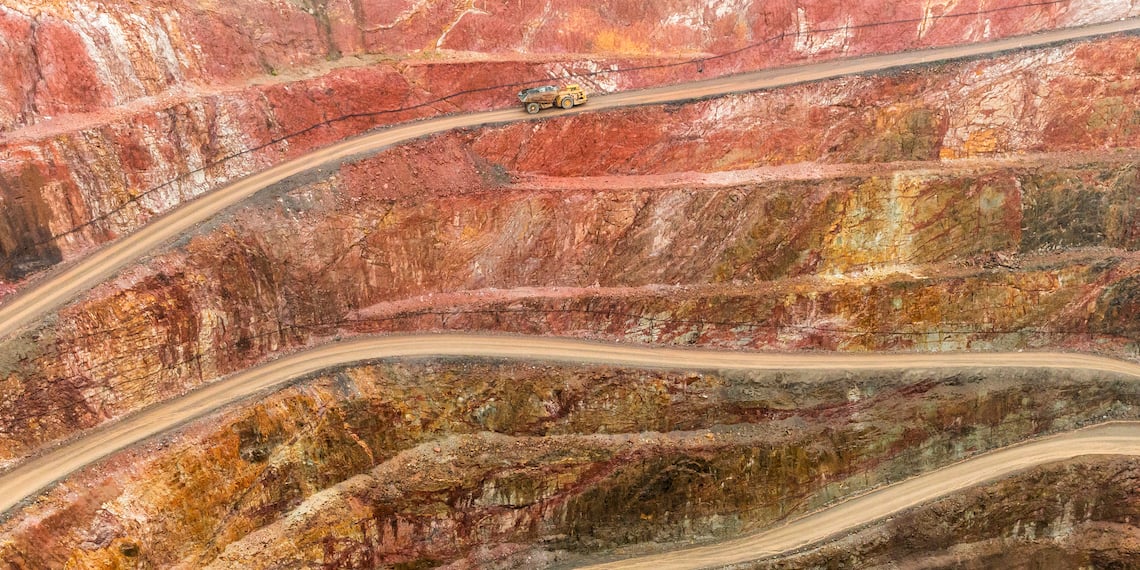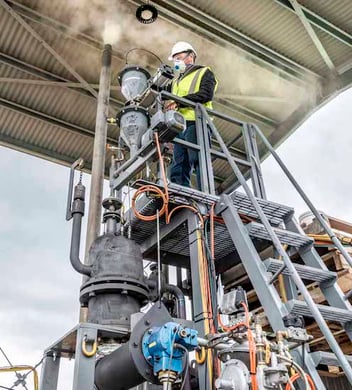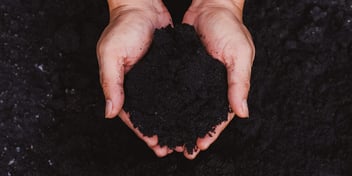Applying biology to remediate mine waste sites

Historic gold mining has left a legacy of toxic waste, contaminating soil and water sources all over the world. To find a sustainable solution, a new research project in Victoria is using native plants, biochar and biosolids to remove toxicity and restore ecosystems.
Led in collaboration with RMIT University, ARC Training Centre for the Transformation of Australia’s Biosolids Resource and Water Research Australia with industry partner EPA Victoria, the project will be undertaken by RMIT PhD candidate Julie Besedin and will focus on mine waste in Bendigo – one of Australia’s biggest and oldest mining regions.
“Starting in 1851, gold was mined in central Victoria by people from all over the world. Bendigo was the biggest gold mining town, and the mines there produced 700 tonnes of gold,” Besedin said.
“The mines left quite a lot of toxic waste. At the time of the gold mining, there weren't a lot of regulations. All the waste has been left sitting in big heaps. These locations are more or less contaminated.”
Aside from contaminating soil and groundwater, Besedin said the mine waste also poses concerns for human health, as the population and footprint of the city continues to grow closer in proximity to waste sites.
“Cities have grown, and houses and shopping precincts have been built in close proximity to the mine waste. There are significant human and environmental health issues here and we need to find ways of dealing with this waste effectively,” she said.
“The mining waste has impacted the soil quite significantly, too. It is poor in nutrients; there are toxicities that need to be removed, including arsenic.”
Waste-free solution
Besedin said the research project is about finding ways to remediate mine waste using biological processes to avoid introducing new problems or contaminants.
“I am trying to find a way to remediate the mine waste without using other harsh products and chemicals, and without sending soil to landfill,” she said.
“The old-school way of dealing with mine waste is to send it to landfill or to perform soil-washing using chemicals. These approaches are not the best solutions as they can introduce other problems.
“My research will try to develop a remediation method that doesn’t introduce more issues. I am trying to use biology to remediate the mine waste. Biology is considered a more sustainable approach. You use plants, bacteria or fungi to remediate the land.”
One of the key contaminants in the Bendigo mine waste sites is arsenic, which poses particular challenges in terms of remediation.
“The issue with this mine waste is that it’s got arsenic in it. Arsenic is very toxic. But there is some research looking at using plants to remediate the arsenic in the soil. Plants can uptake the arsenic and store it in their biomass – leaves and stems,” Besedin said.
“It’s possible to then harvest the plant and dispose of it appropriately. The more common method is to harvest and incinerate the biomass.
“But you have to do it in a very controlled way so that you aren't releasing arsenic gasses into the atmosphere. It has to be a controlled, safe environment.”
Besedin said plants can also accumulate the arsenic in their roots, which prevents the contaminant from reaching groundwater systems.
While dealing with arsenic removal is a big part of the research, Besedin said it’s also about rehabilitating the waste sites, too, so that they can recover.
“My aim is to holistically remediate the mine waste. I don’t just want to deal with the arsenic, I also want to improve the soil structure itself,” she said.
“This includes improving the carbon and nitrogen in the soil and restimulating the microbes that help everything grow. This work is about helping the ecosystem, as well.”
Focus on natives
Planned around a few key experiments, the research will start first with identifying plants suitable for the process – particularly plants that can handle the toxic load, as well as the dry heat of Bendigo.
“My first experiment is about identifying Australian natives that can withstand the mine waste on their own,” Besedin said.
“I will be introducing the organic soil amendments – biosolids, biochar, compost – to improve the mine waste and see how that changes the mine waste and the plant growth.”
Current research looking at plants for arsenic remediation is heavily focused on ferns for their great ability in uptaking the contaminant from soil, Besedin said.
“Ferns are great at uptaking arsenic. But in Victoria all the gold mines are in very hot and dry locations. It’s likely that the ferns would struggle in that climate,” she said.
“The exciting thing about this work is using Australian natives – grasses, tussocks and rushes – to see how they perform. They should do a lot better than ferns in that climate.
“While there have been other studies looking at applying biosolids to natives, most research has used it to improve degraded land, but it’s lacking in the remediation side for mine waste.”
While Besedin’s experiments will first be conducted in a greenhouse, she said the intention is to test the technique in the field.
“If everything goes well and is timed nicely, I will attempt a field application. I’ll go out to Bendigo and select a site I can easily access and fence off,” she said.
“The greenhouse is obviously a very different environment to out in the field, which includes rain, wind, heat and more intense sunlight. So it will be good to test how the plants do on an actual waste site.”
The project is supported by EPA Victoria, with the authority set to collaborate with Besedin on the in-field segment of the research.


